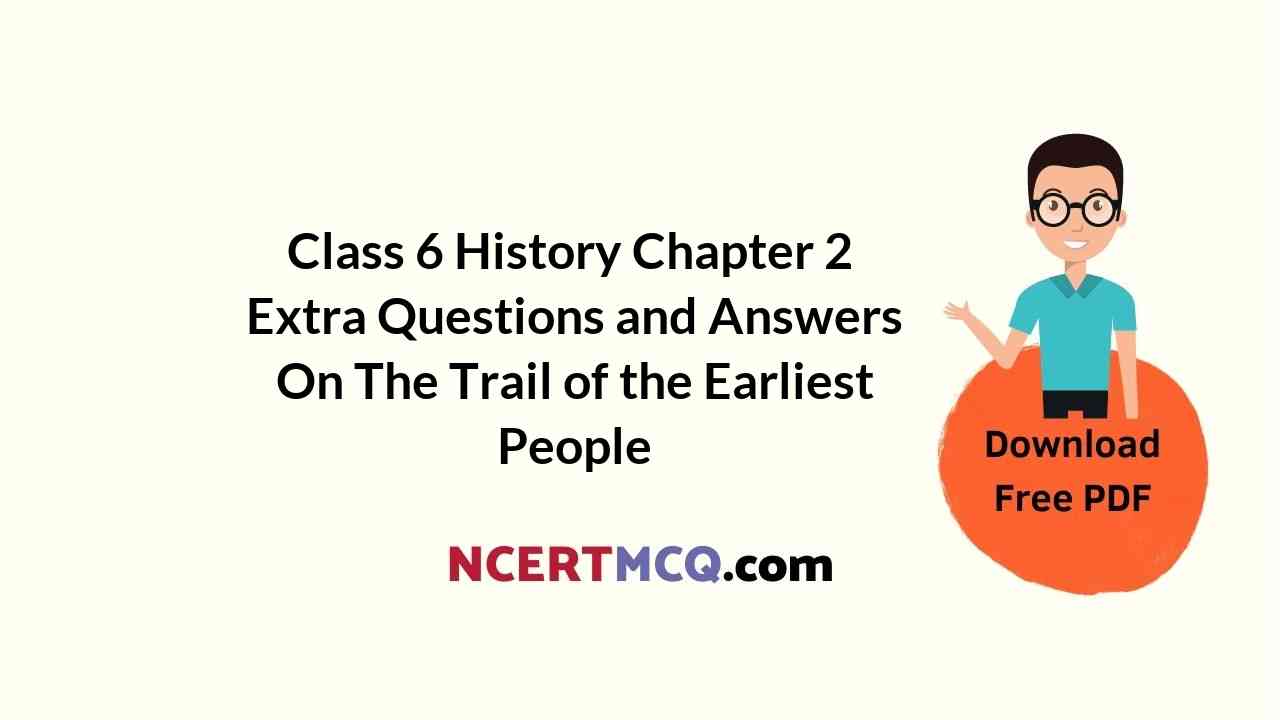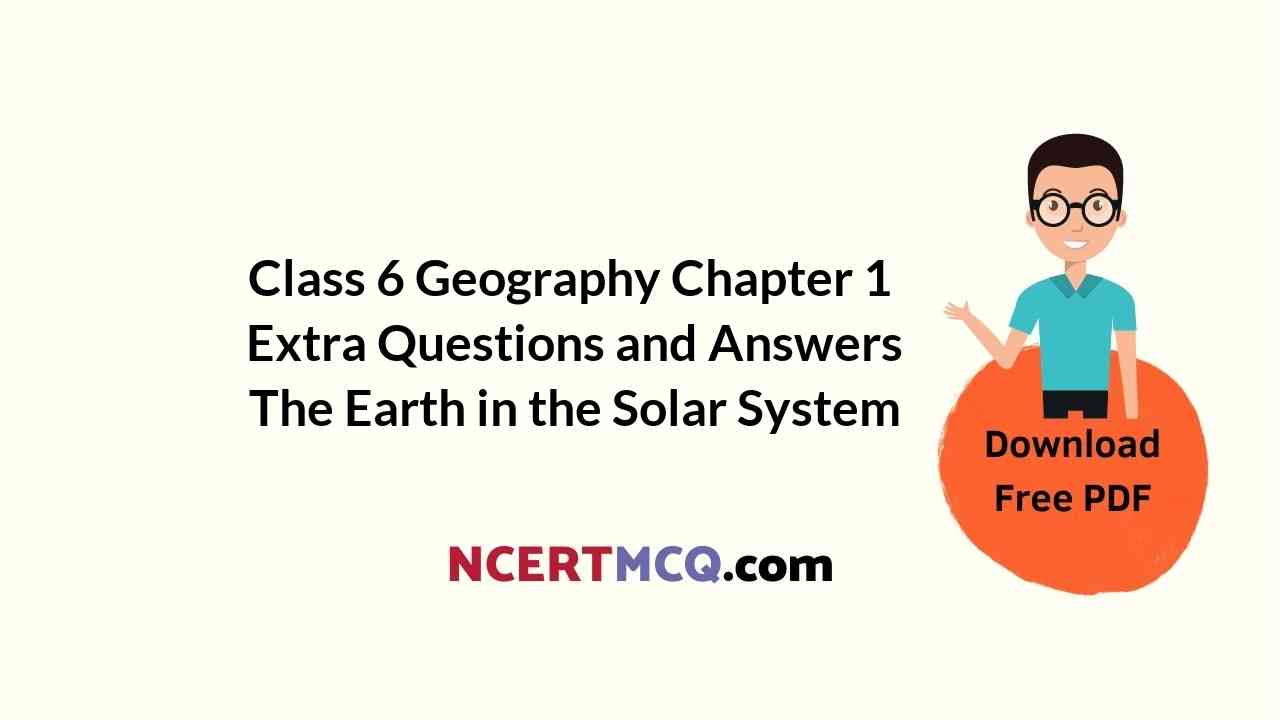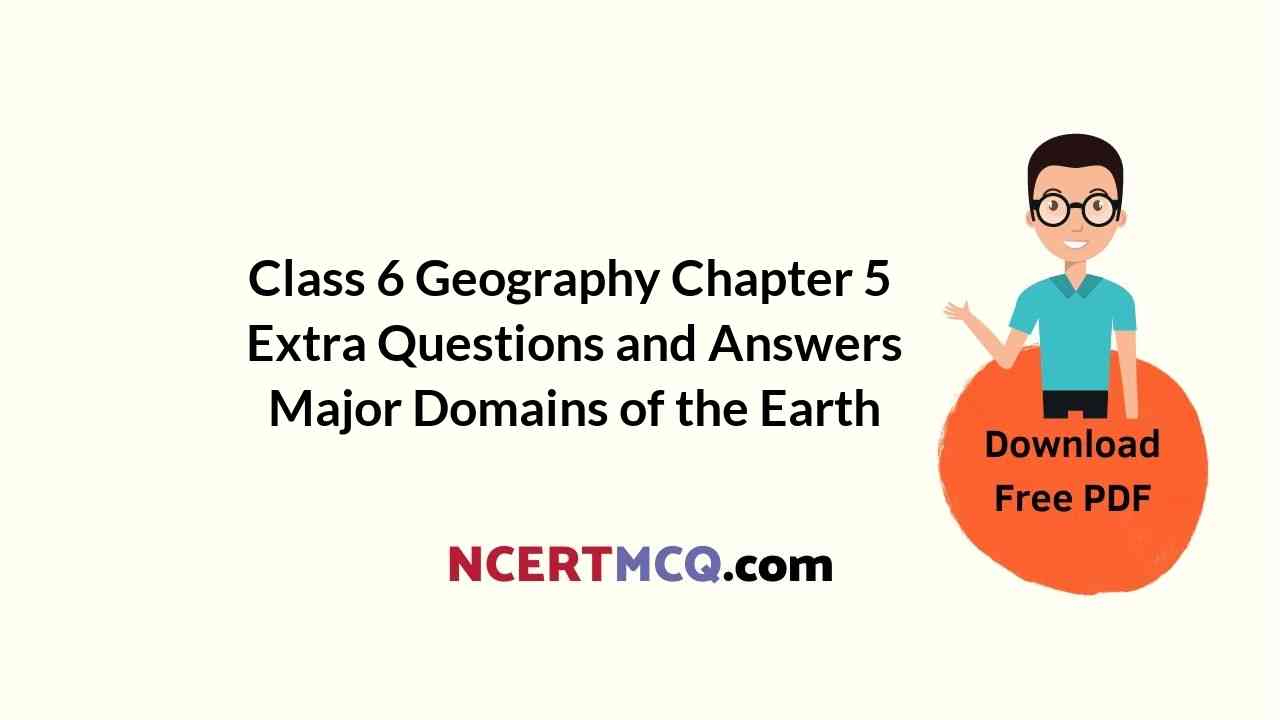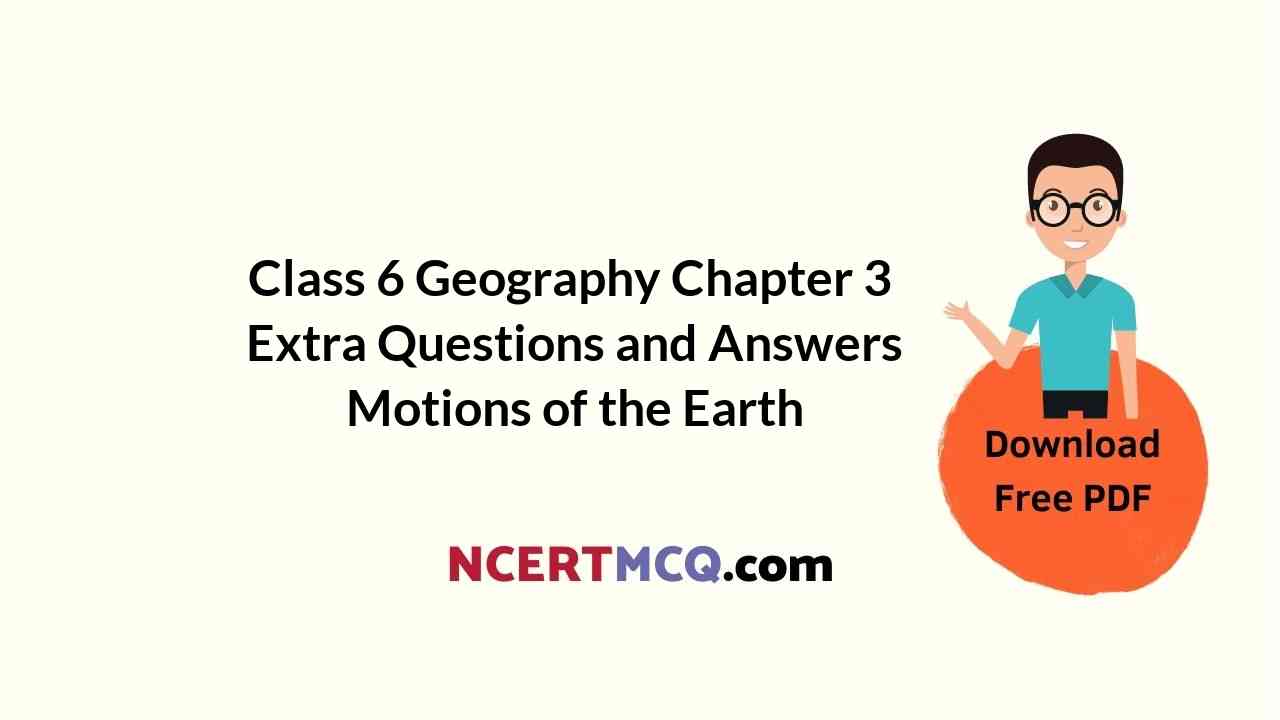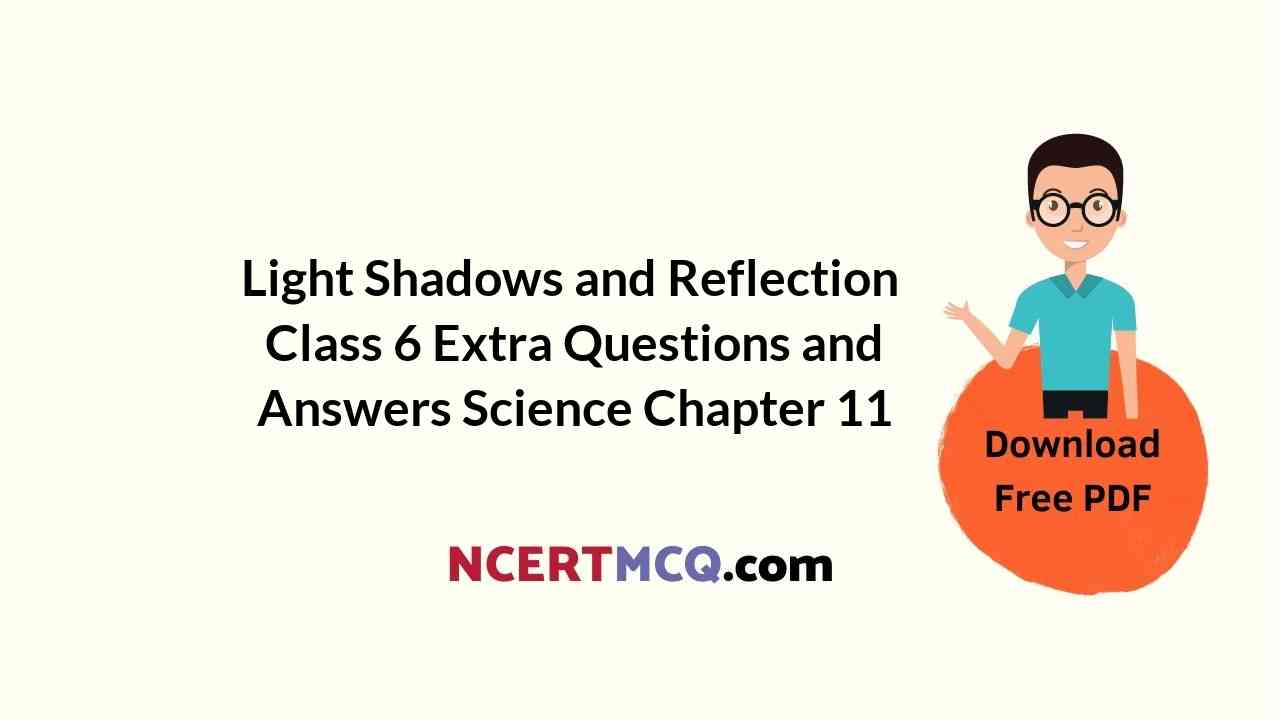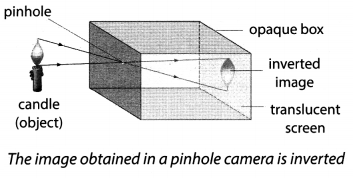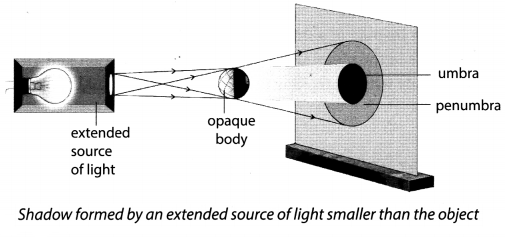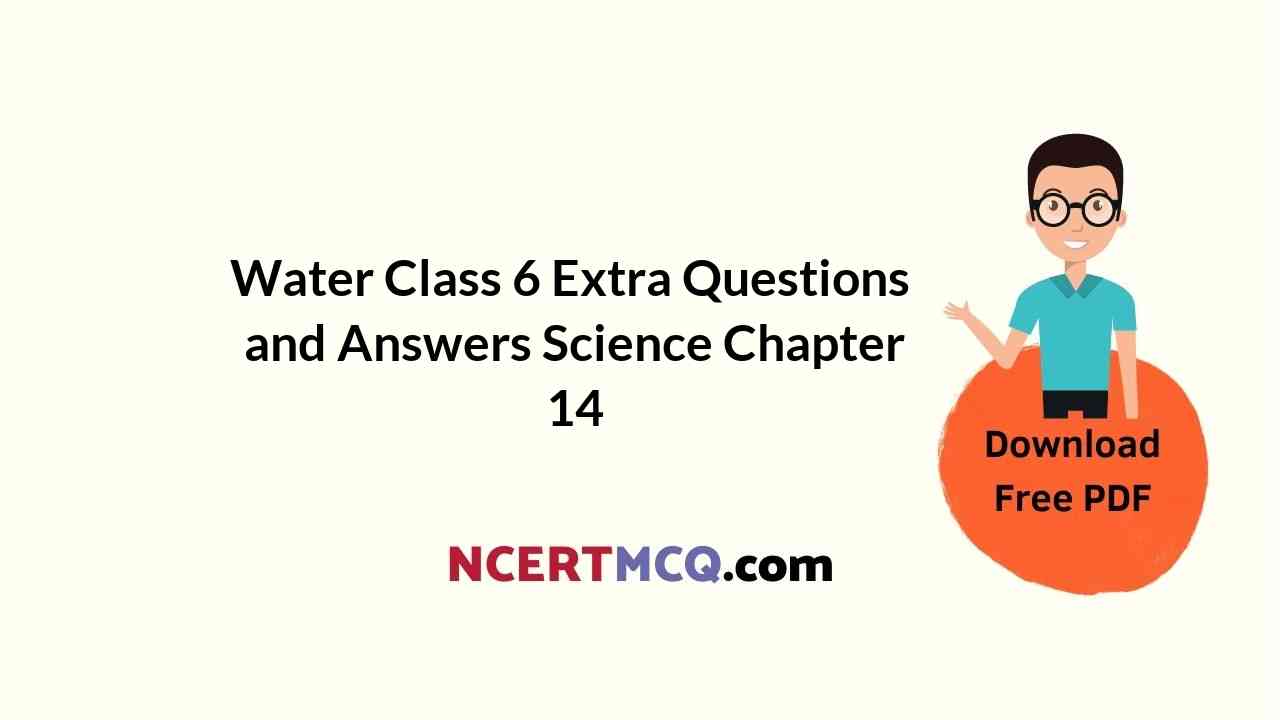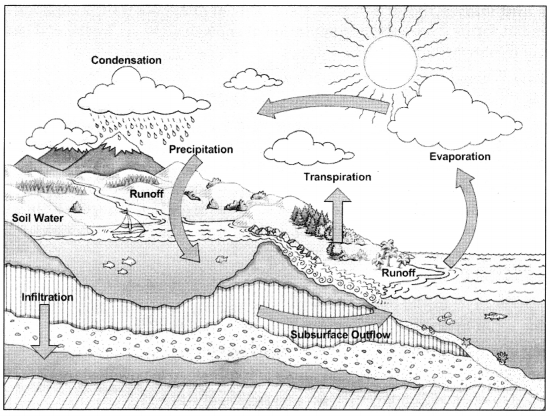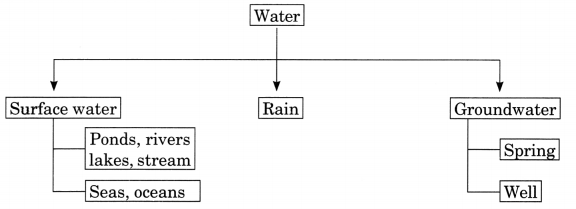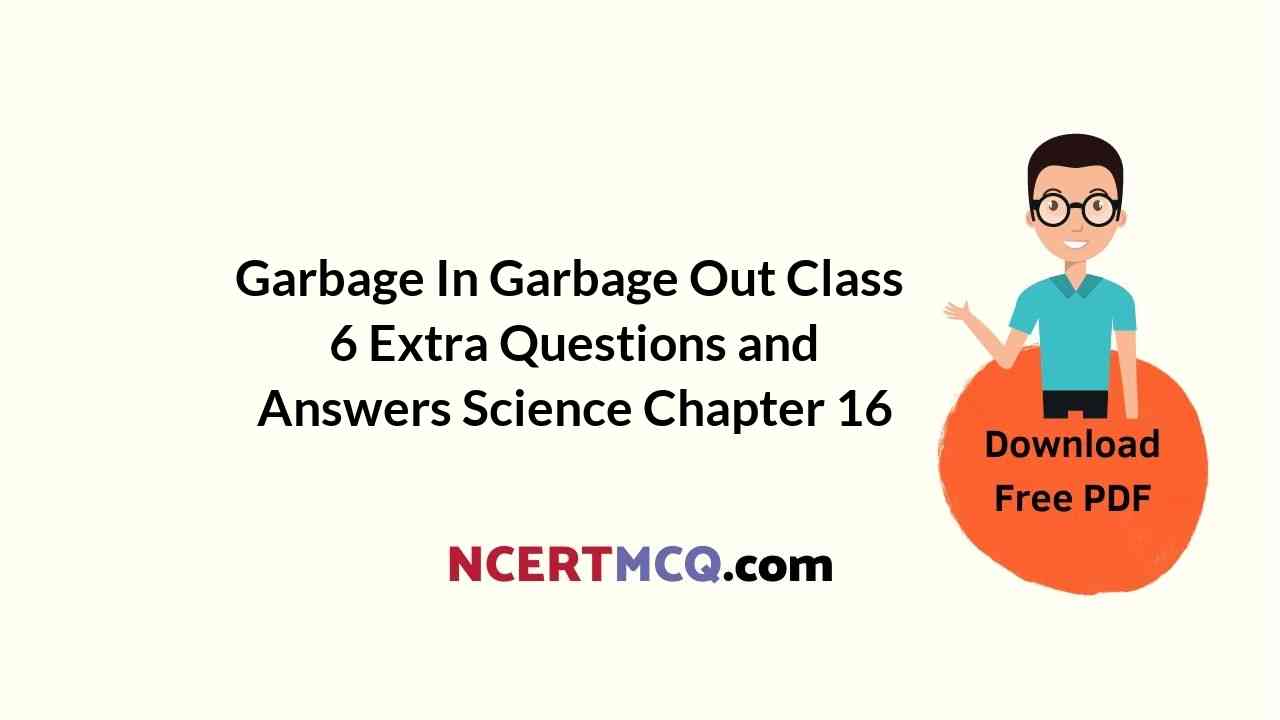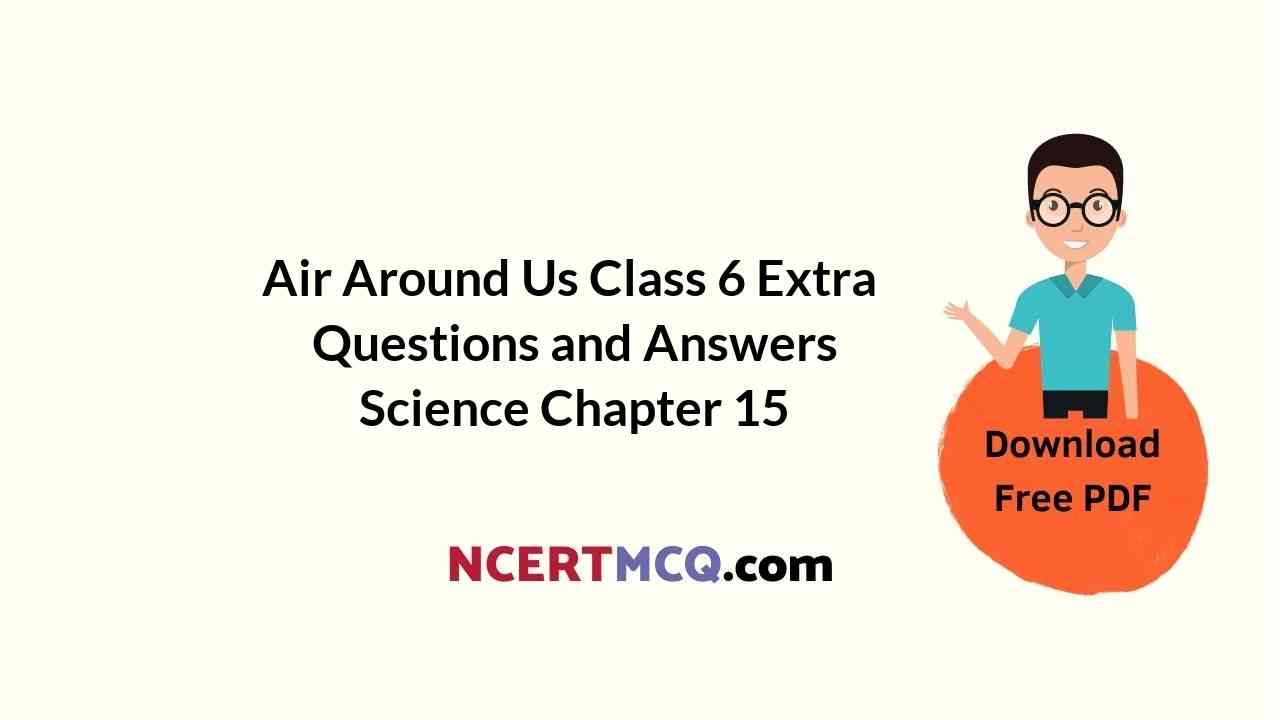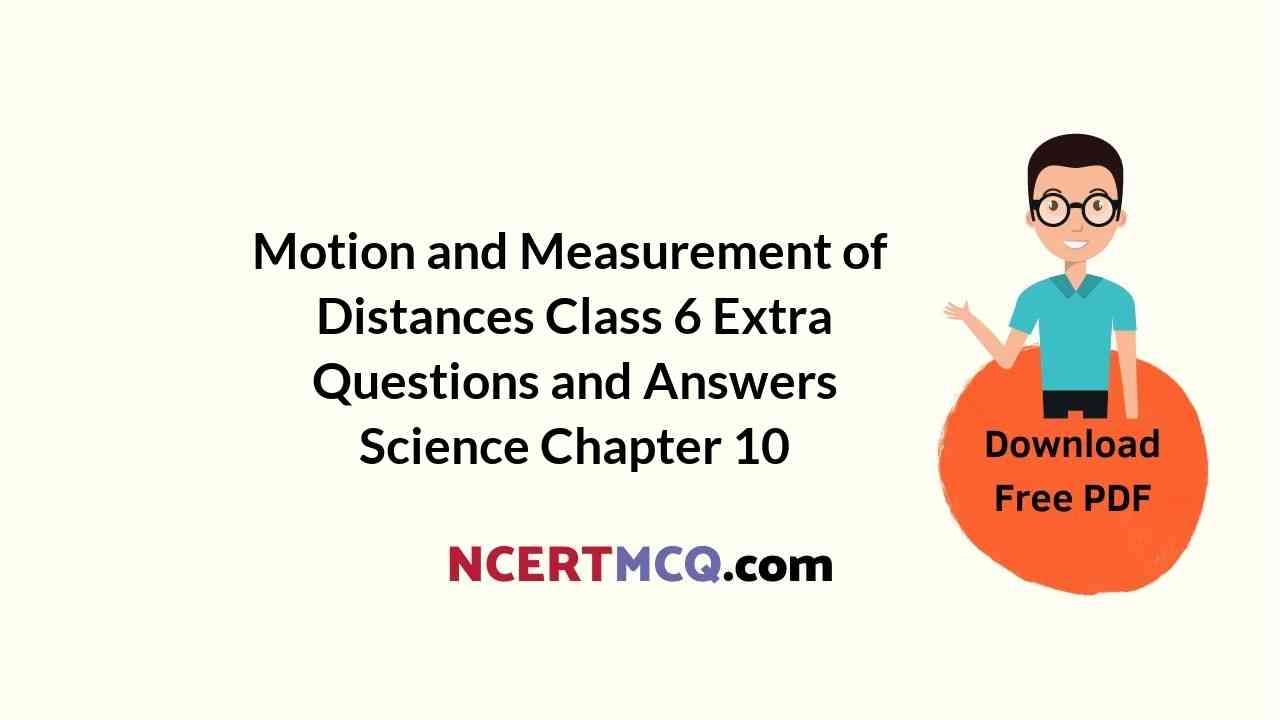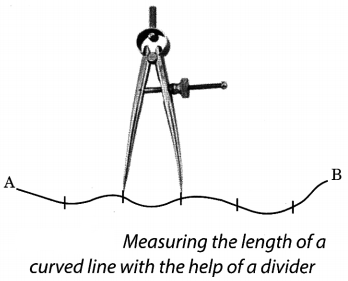Here we are providing Class 6 History Chapter 2 Extra Questions and Answers On The Trail of the Earliest People was designed by subject expert teachers. https://ncertmcq.com/extra-questions-for-class-6-social-science/
On The Trail of the Earliest People Class 6 Extra Questions History Chapter 2
Class 6 History Chapter 2 Extra Questions And Answers Question 1.
Who are hunter-gatherers?
Answer:
‘Hunter-gatherers’ is the name which comes from the way people collected food Generally they hunted wild animals, caught fish and birds, gathered fruits roots, nuts, seeds etc.
Class 6 History Chapter 2 Questions And Answers Question 2.
Why was it difficult to hunt animals and collect plant produce?
Answer:
It was difficult to hunt animals because several animals ran faster and many were stronger. To hunt animals, or catch fish and birds, people had to be alert, quick and act quickly. To collect plant produce one had to find out which plants were edible or not, as plants could be poisonous. ‘ They had to find the season when fruits would ripen.
![]()
Class 6 History Chapter 2 Short Questions And Answers Question 3.
List the skills and knowledge children of these communities had.
Answer:
Children of these communities may have seen their parents going for hunting and collecting plant produce. So they became skilful hunters when they grew up. Girls may have seen their mothers selecting some plants and throwing away the others. They also acquired the knowledge of selection.
Ncert Class 6 History Chapter 2 Extra Questions Question 4.
How do we come to know about these early people?
Answer:
Archaeologists have found some of the tilings used by hunter-gatherers. They may have made tools of stone, wood and bone stone tools could easily survive.
Ncert Solutions For Class 6 History Chapter 2 Extra Questions Question 5.
How did the hunter-gatherer used the stone tools?
Answer:
Some of the stone tools were used to
- cut meat and bone
- scrap bark from trees And hides
- chop fruits and roots.
- Some may have been attached to handles to make spears and arrows for hunting arrows.
- Chop wood which was used as firewood.
- Wood was also used to make huts and tools.
- lagging the ground to collect edible roots.
- Stitching clothes made of animal skin.
![]()
On The Trail Of The Earliest Peoples Extra Questions Question 6.
Where did the hunter-gatherers choose to live?
Answer:
Hunter-gatherers may Stave chosen the place to live
- which was near the source of water, such as rivers and lakes.
- places where good quality stone was easily available.
History Chapter 2 Class 6 Extra Questions Question 7.
What does the term ‘Palaeolithic’ mean? How do we use this term?
Answer:
The term Palaeolithic comes from two Greek words ‘paleo meaning old and ‘lithos meaning stone. The Palaeolithic period extends from 2 million years ago to about 12000 years ago. This long span of time covers 99 pc. of human history. This long stretch of time is divided into lower, middle and upper Palaeolithic.
Class 6 History Chapter 2 Extra Questions And Answers Pdf Question 8.
Which, period is called Mesolithic period? What are the things found which belong to this period?
Answer:
The period, when environmental changes took place, beginning from about 12000 years ago till about 10000 years ago is called Mesolithic (middle stone). Stone tools found during this period are generally tiny and are called microliths. Microliths were struck onto handles of bones or wood to make tools such as saws and sickles. At the same time, older varieties of tools continued to be in use.
![]()
History Class 6 Chapter 2 Extra Questions Question 9.
Give four reasons why hunter-gatherers moved from place to place.
Answer:
me hunter-gatherers moved from place to place
- First, if they had stayed at one place for a long time, they would have eaten up all the available plants and animal resources. Therefore, they would have had to go elsewhere in search of food.
- Animals move from place to place-either in search of smalt prey or in case of deer and wild cattle, in search of grass and leaves. Thu is why tlie hunters had to follow the animals.
- Third plants and trees bear fruit in different seasons so people may have moved from season to season in search of different kinds of plants.
- People, animals and plants peed water to survive. Water is found in lakes, streams and rivers. While many lakes and rivers get water throughout the year, others are seasonal. People living on their banks would have had to go in search of water during the dry seasons (summer and winter).
Extra Questions For Class 6 History Chapter 2 Question 10.
How were stone tools made by the people?
Answer:
There were two techniques to make tools. They are :
- The first is called stone on stone. Here the pebble from which the tool was to be made (also called the core) was held in one hand. Another stone which was used as a hammer was held in the other hand. The second stone was used to strike off flakes from the first, till the required shape was obtained.
- Pressure Flaking: Here the core was placed on a firm surface. The hammer stone was used on a piece of stone or bone that was placed on the core, to remove flakes that could be shaped into tools.
Multiple Choice Questions
1. Which one of the following refers to rock paintings?
(a) The paintings on the walls of the caves in which the early people lived.
(b) The paintings found on certain hills.
(c) The paintings on the sand along the banks of the rivers.
(d) The paintings on the trees.
Answer:
(a) The paintings on the walls of the caves in which the early people lived.
2. Why was gathering plant produce an important means of obtaining food in Indian sub-continent?
(a) There were immense variety of plants in a tropical land like Indian sub-continent.
(b) It was easy to gather plant produce.
(c) It was very tasty.
(d) The forests were free of dangerous animals.
Answer:
(a) There were immense variety of plants in a tropical land like Indian sub-continent.
![]()
3. Who were hunter-gatherers?
(a) Those who grew’ crops
(b) Those who hunted elephants
(c) Those who hunted wild animals and gathered fruits and roots.
(d) Those who travelled from one place to another.
Answer:
(c) Those who hunted wild animals and gathered fruits and roots.
4. Which of the following difficulties were associated with hunting of animals?
(a) Several animals ran faster than the man
(b) Many animals were stronger than the man
(c) Both (a) and (b)
(d) Some animals were poisonous.
Answer:
(c) Both (a) and (b)
5. What were the difficulties in gathering plant produce?
(a) To find out which plants or parts of plants are edible and which are poisonous.
(b) Many dangerous animals were in the forest.
(c) Many people did not know how to climb on the tree.
(d) Many plant produce are dangerous for health.
Answer:
(a) To find out which plants or parts of plants are edible and which are poisonous.
6. What were the essential qualities to hunt animals?
(a) To be alert and quick
(b) Lots of presence of mind
(c) Both (a) and (b)
(d) Lots of money.
Answer:
(c) Both (a) and (b)
7. Which of the following were the uses of wood by early people.
(a) Firewood, huts and tools
(b) Table and chair
(c) Mary carts and furniture
(d) Mary bridges and railway lines
Answer:
(a) Firewood, huts and tools.
![]()
8. Who one of the following were Palaeolithic sites?
(a) Brrnagiri and Hallur
(b) Mehrgarh and Inamgaon
(c) Chand and Daojali
(d) Bhimbetka and Hunsgi
Answer:
(d) Bhimbetka and Hunsgi.
9. Which one of the following were Neolithic sites?
(a) Hiusgi and Kurnool caves
(b) Burzahom and Mehrgarh
(c) Inamgaon and Adichandlur
(d) Bhimbetka and Brahmri
Answer:
(b) Burzahom and Mehrgarh
10. Which one of the following were Megalithic sites?
(a) Hallur and Bhimbetka .
(b) Kurnool caves and Mehrgarh
(c) Daojali and Chirand
(d) Brahmagiri and Adichanallur.
Answer:
(d) Brahmagiri and Adichanallur.
